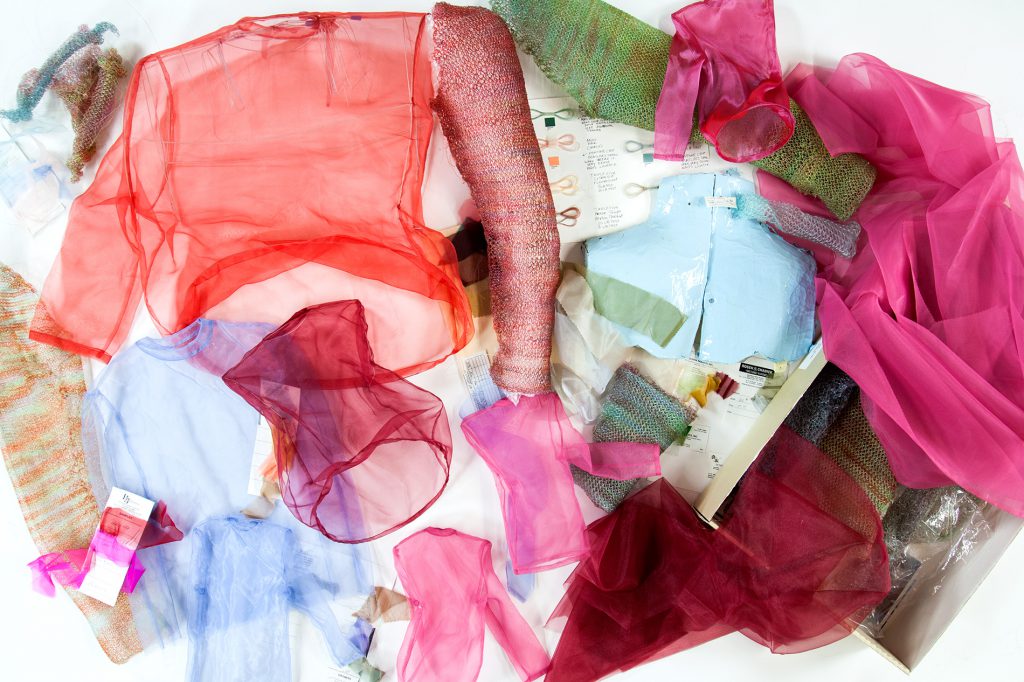Number 80 represents a transition in Leonardo Drew’s work. A significant portion of his previous work is assembled, piece by piece, from the debris of contemporary life, which he transforms and presents back to us. Often, early works were painted over in one color or covered by rust, which gave a uniform patina to the disparate parts of the whole and emphasized the decay of the discarded objects. More recently, in works such as Number 77, the artist chose to leave the objects unchanged, adding to the tension between the chaos of the vast number of interacting objects and the grid-like pattern in which they are carefully arranged. In his collaboration with FWM, Drew continued his investigation of collected objects, but instead of presenting the objects themselves, he made paper casts—thin shells or ghost forms of the original objects.
To create the installation, Drew collected over four hundred everyday objects— toys, furniture, appliances, and household wares—from thrift stores, junkyards, and off the street. With a large group of interns and staff, he cast each object in paper, removing the original object once the paper cast was created. They are hollow, nearly weightless forms that echo the original objects from which they were made more than they replicate them.
Drew’s work has been described as “somber and full of memory” (Patrick Murphy, Royal Hibernian Academy, Dublin, 2001) and though Number 80 is a departure from the darker tones of much of the artist’s previous work, a contemplative mood still prevails. Instead of presenting the ongoing and transformed life of discarded objects, the installation takes us beyond the life of the object itself and portrays the ethereal essence of things that once existed.


